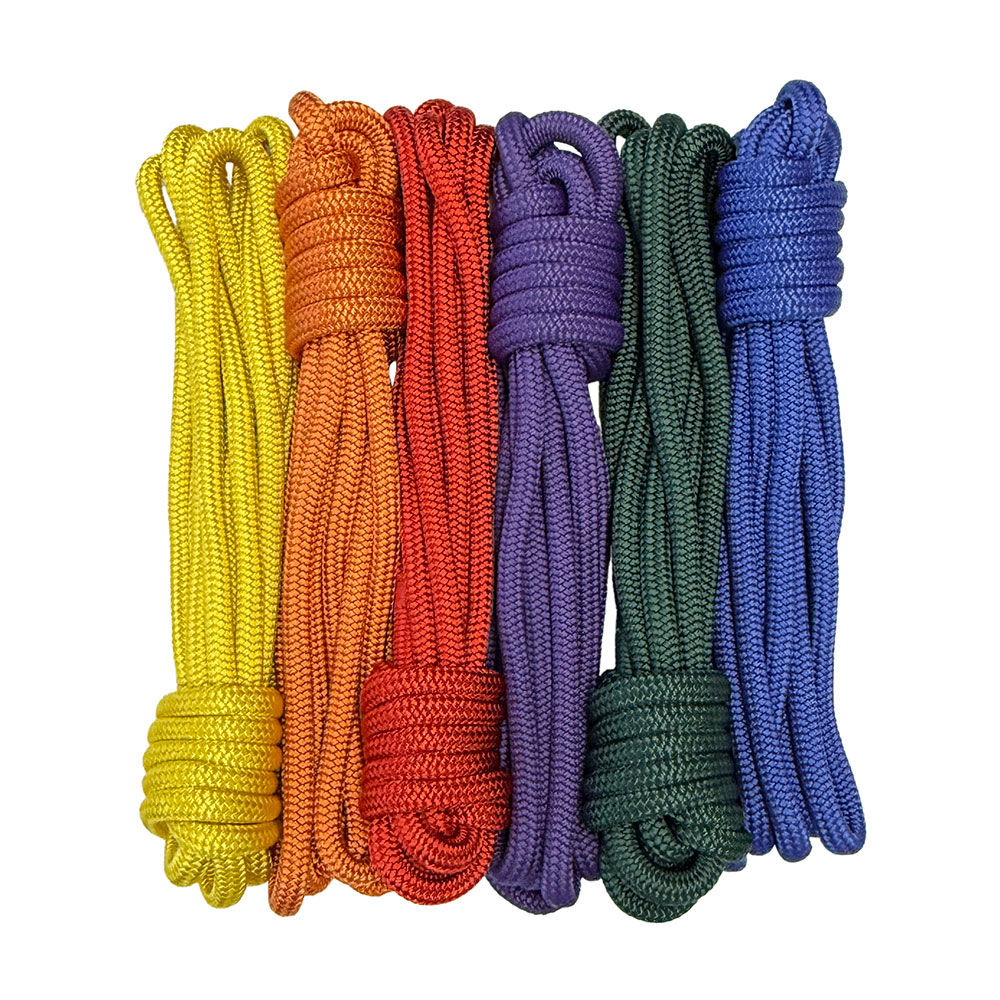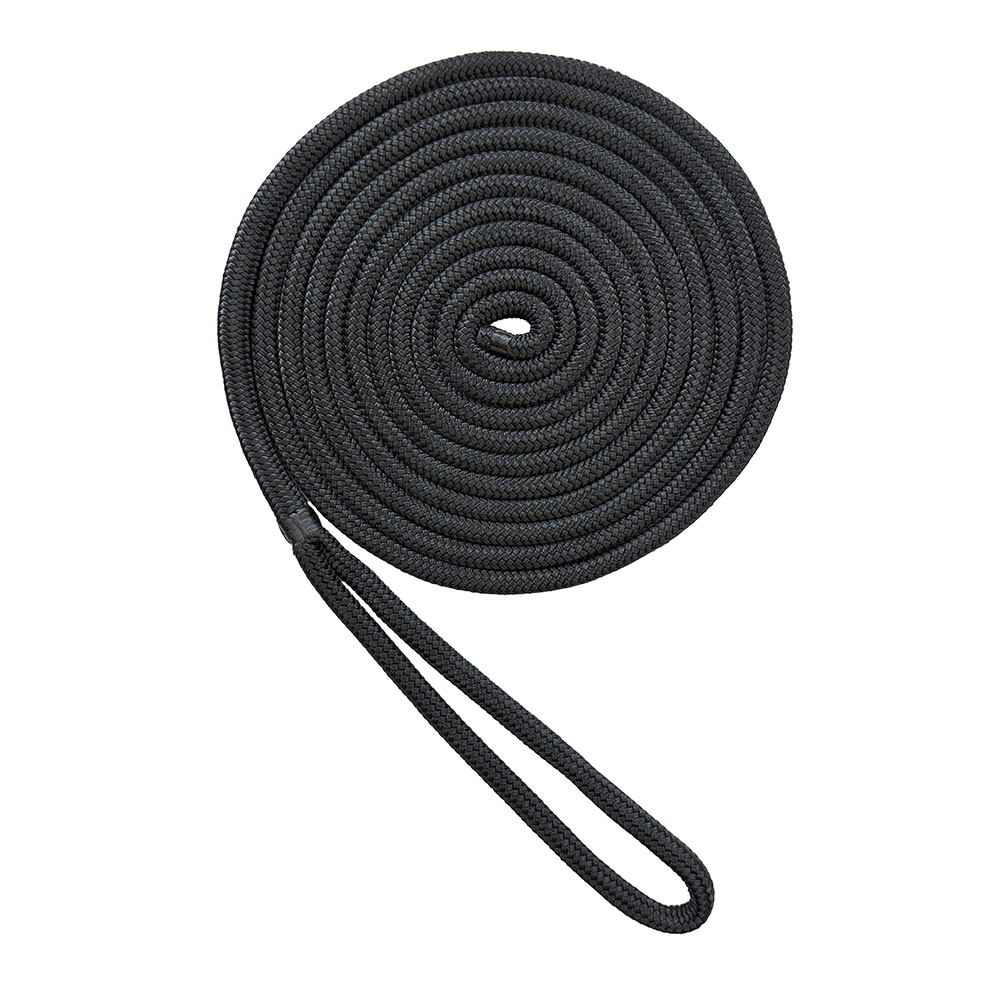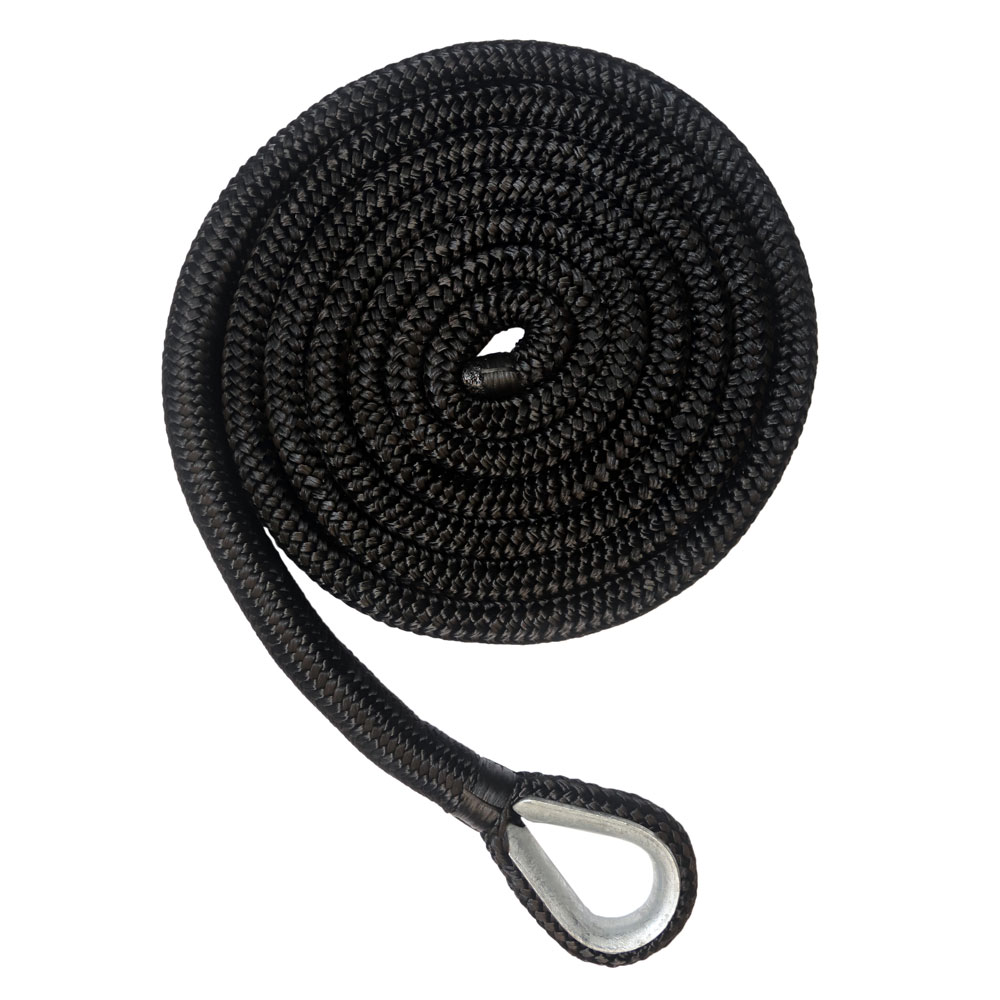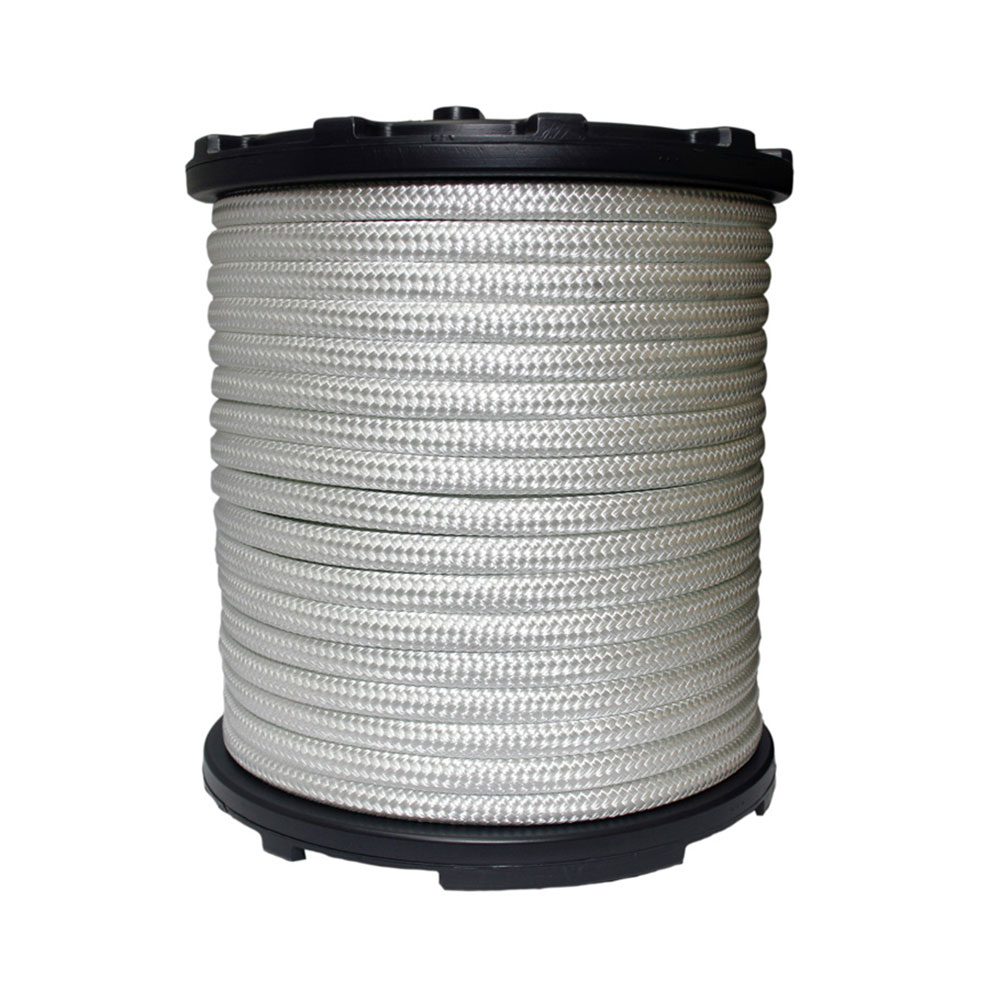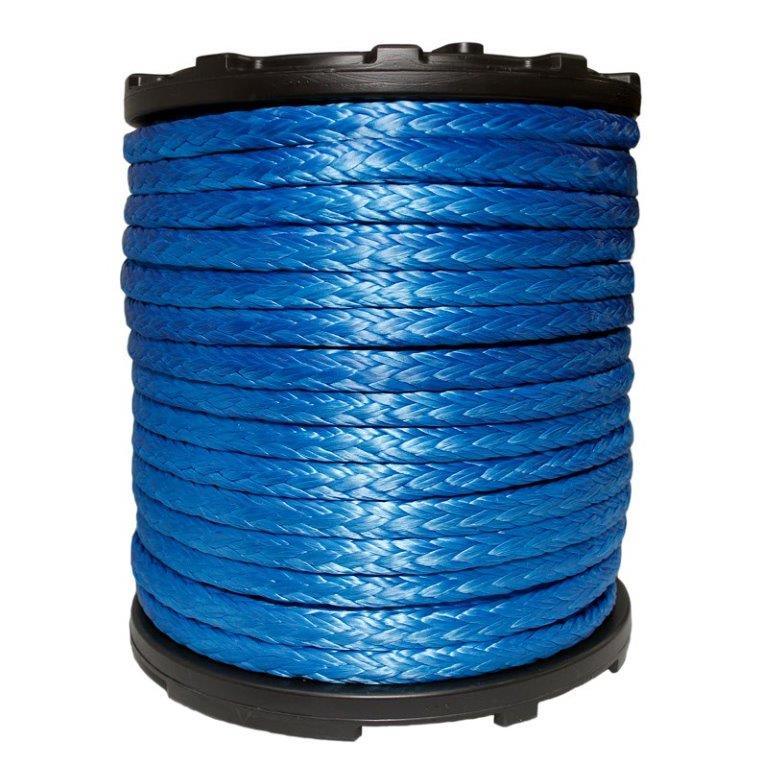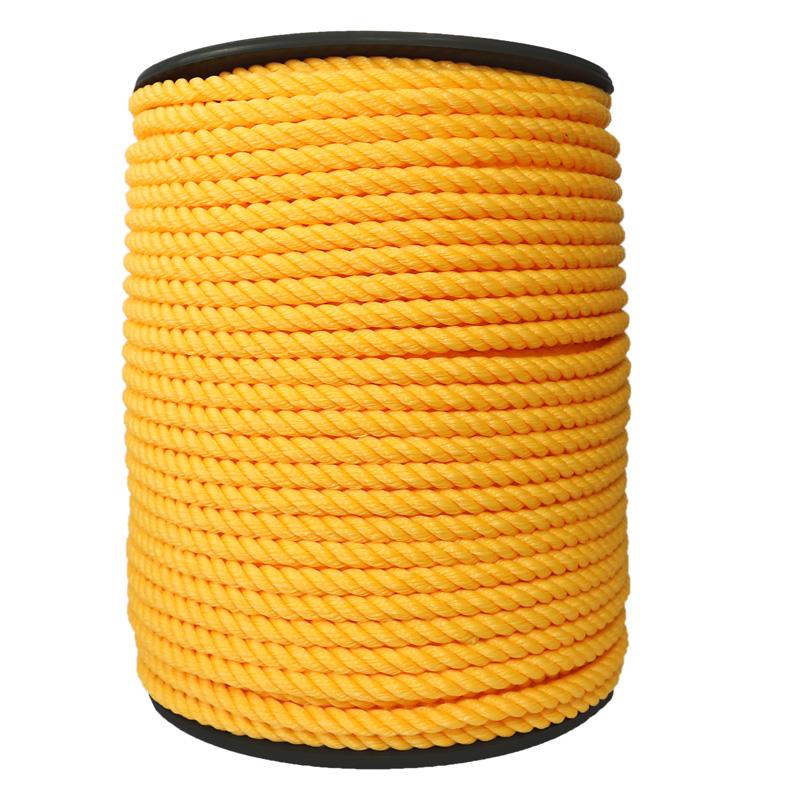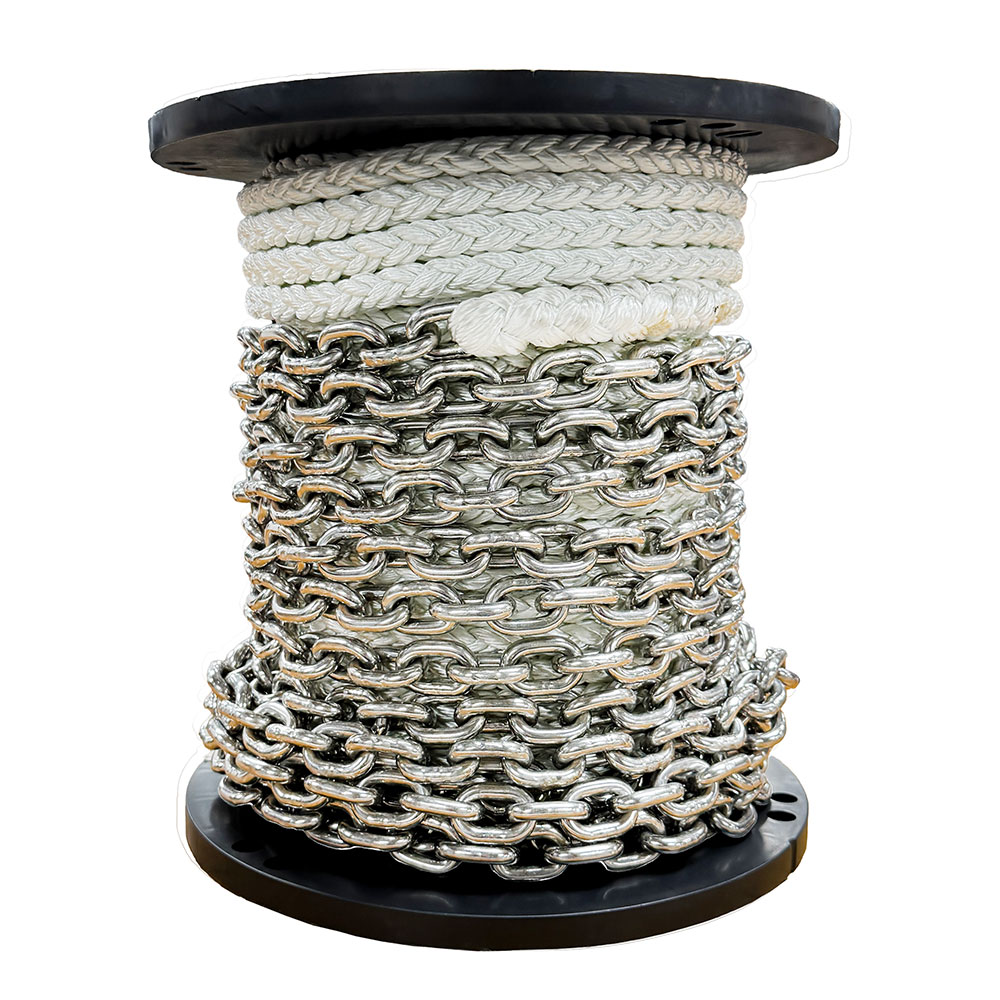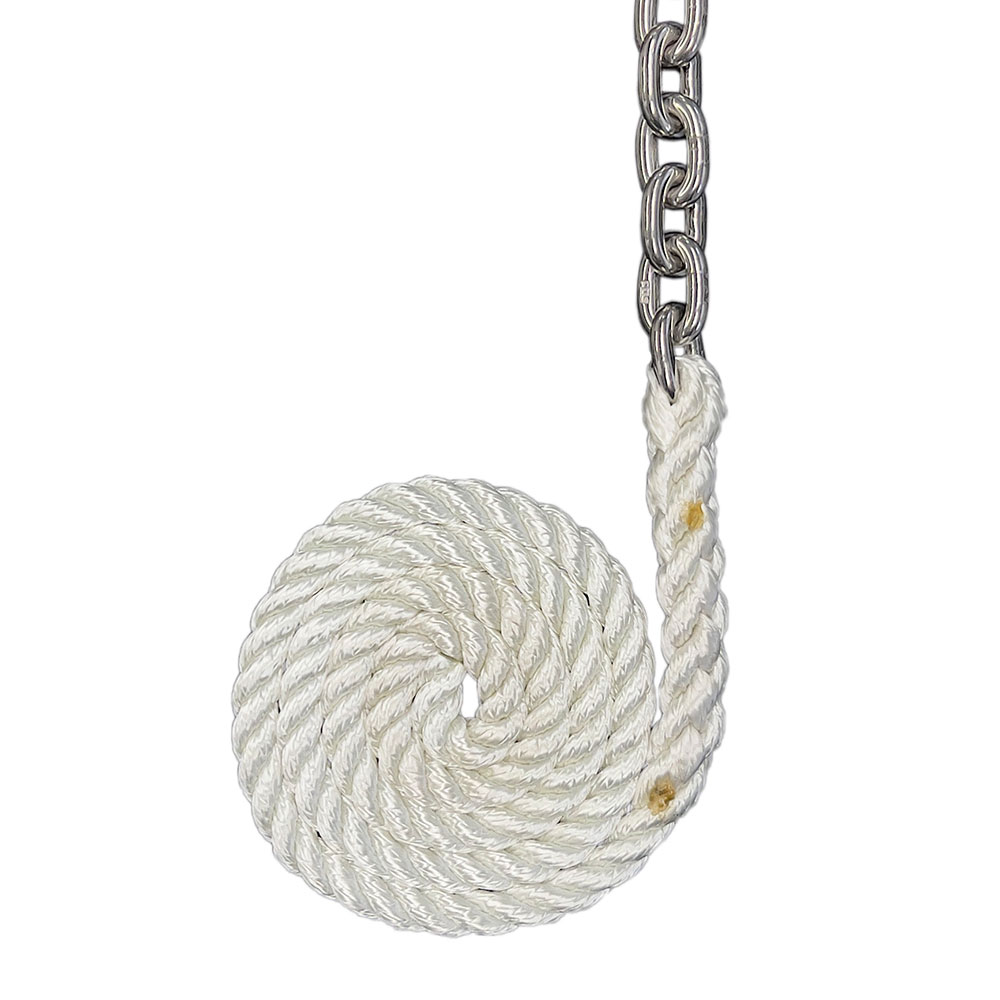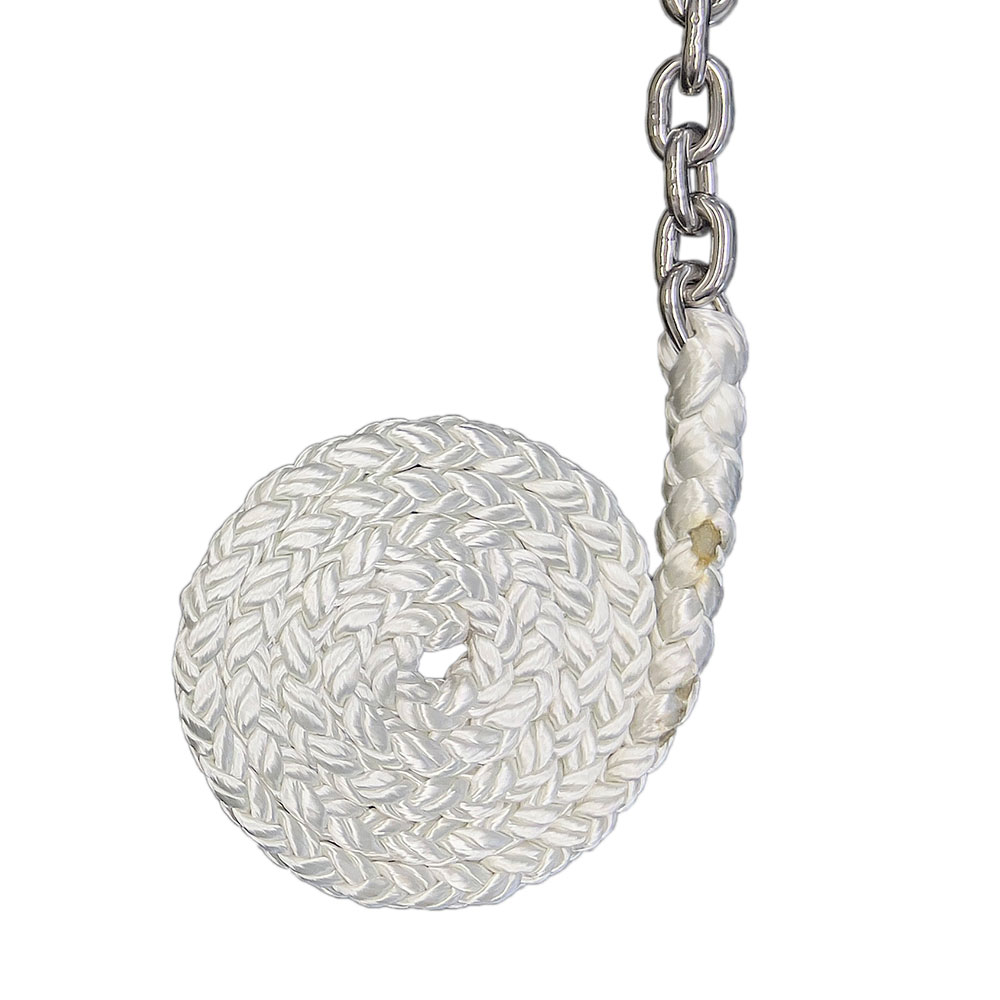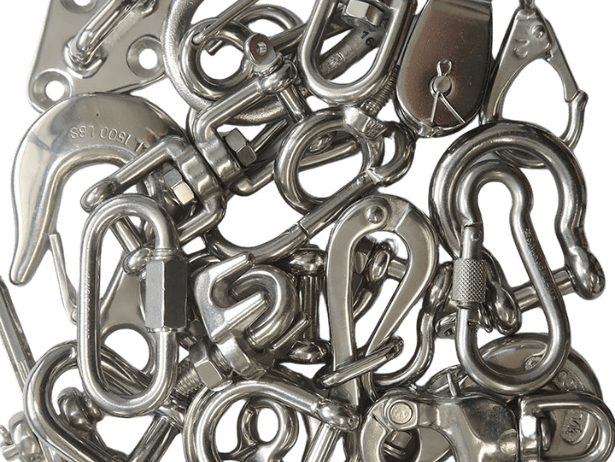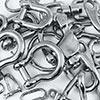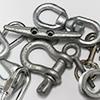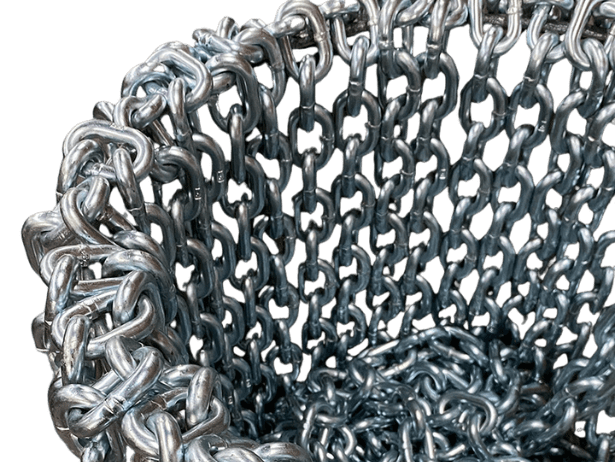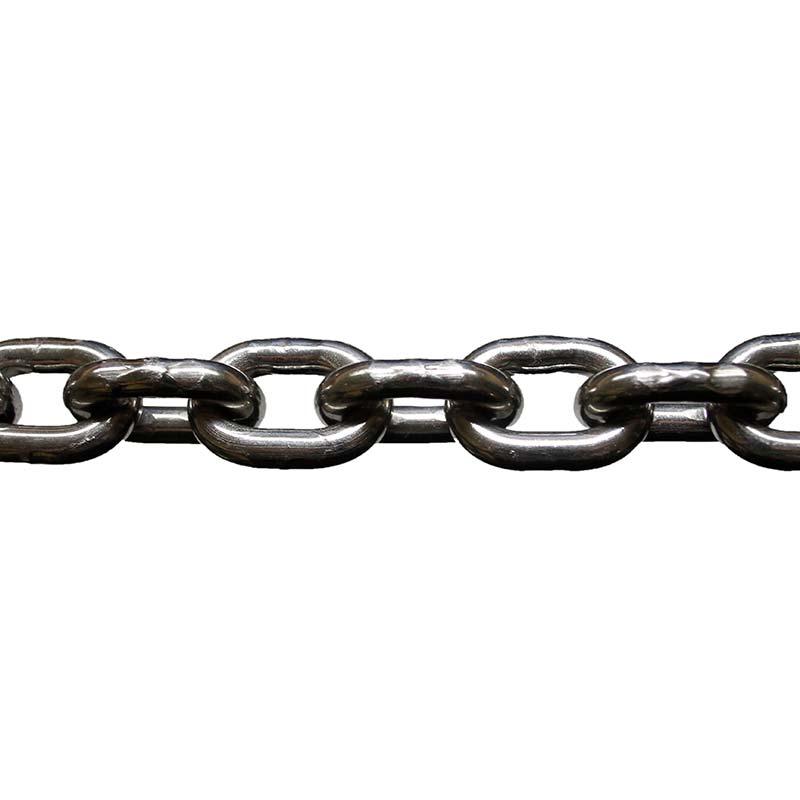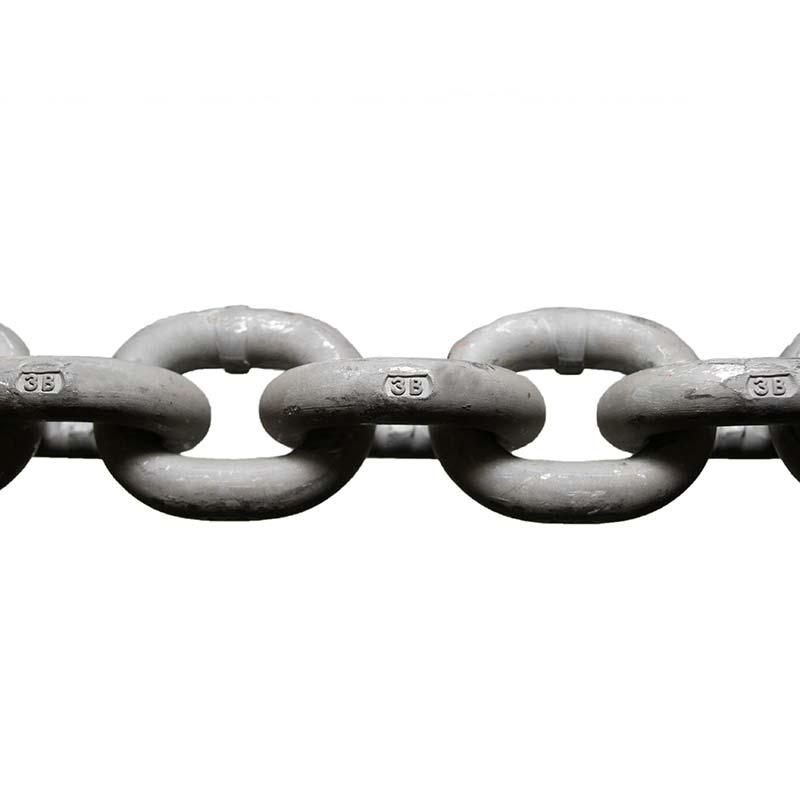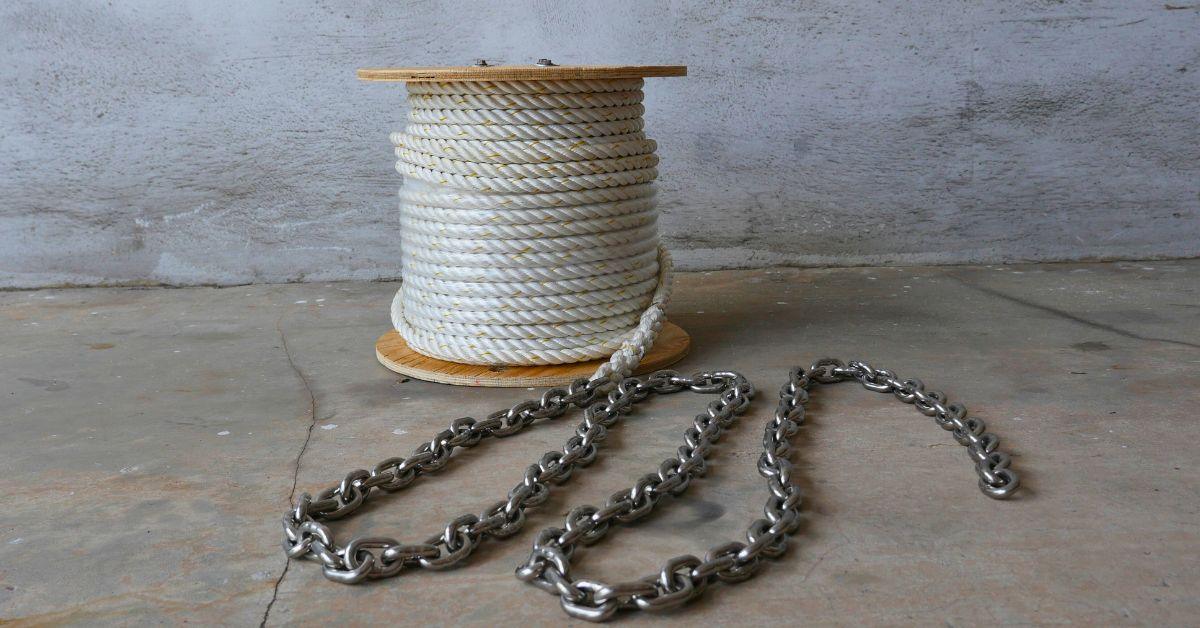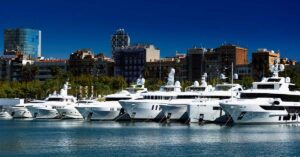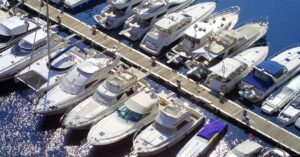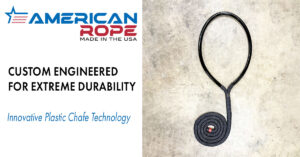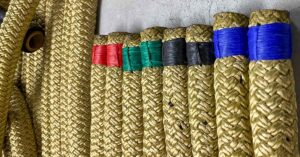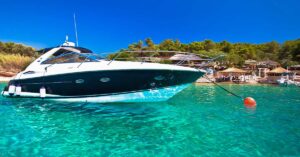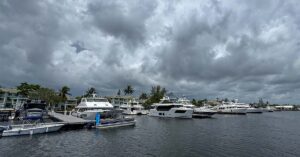Selecting the right rope and chain for your windlass is a crucial decision for boat owners. The proper combination ensures your windlass operates smoothly and keeps your anchoring system secure and reliable. With several types of rope and chain available, understanding the key factors to consider will help you make the best decision. This guide offers a high-level overview of the considerations for choosing rope and chain for your windlass system without delving into overly technical details.
Understanding Your Windlass
Before selecting a rope and chain, review your windlass manufacturer’s specifications. Windlasses are designed to work with specific types and sizes of rope and chain, so adhering to these recommendations is critical. Failing to use the correct materials can result in poor performance, increased wear, or even damage to the windlass.
Some windlasses are compatible with both rope and chain combinations, while others may require an all-chain setup. Always consult the manufacturer’s manual or contact the supplier to confirm compatibility.
Choosing the Right Rope for Your Windlass
1. Consider Your Windlass Requirements
Not all ropes are suitable for windlass use. The most common ropes recommended for windlasses are braided 8-strand plait and 3-strand heat-set ropes. Each has its strengths, and the right choice depends on your windlass design, storage capacity, and boating needs.
- 8-Strand Plait Rope: This flexible, easy-to-handle rope lays flat in anchor lockers, making it an excellent choice for windlass systems where space is limited. Its braided construction minimizes hockling and tangling, providing a smooth experience during deployment and retrieval.
- 3-Strand Heat-Set Rope: Although less common for windlass applications, this rope is highly durable and abrasion-resistant, making it suitable for other anchoring needs. However, for most windlass systems, 8-strand plait is often the preferred option due to its smoother compatibility with the mechanism.
2. Rope Diameter and Strength
The rope’s diameter must match your windlass specifications. A rope that’s too large may not fit properly in the windlass, while one that’s too small could fail to provide adequate strength. A general rule is to choose a rope diameter proportional to your boat’s size and weight.
Rope strength is equally important. Look for options with a high breaking strength and ensure they are designed for marine use. Nylon is a common material for anchor rodes due to its strength, elasticity, and resistance to UV and water damage.
3. Storage Considerations
For boats with limited anchor locker space,8-strand plait rope is an excellent choice. Its compact design allows for more efficient storage compared to 3-strand ropes, making it particularly beneficial for smaller vessels or boats with limited storage capacity.
Selecting the Right Chain for Your Windlass
1. Chain Compatibility
Just like ropes, chains must meet your windlass specifications. Chains come in different grades and link sizes, and choosing the wrong type can cause operational issues. The most common chain grades for windlass use are:
- Galvanized (Grade 43 ISO): A high-strength, chain ideal for windlass systems, offering excellent rust resistance and durability in tough conditions.
- Stainless Steel (Grade 43 ISO): Stronger than the Galvanized G43, this chain is ideal for larger boats or rougher conditions. It provides better strength-to-weight ratios, making it a popular choice for windlass systems.
- Galvanized BBB (Short Link): A general-purpose short-link chain compatible with some windlass systems, often used in recreational or lighter-duty applications.
2. Chain Length and Diameter
Chain length and diameter should match your windlass and boat specifications. A chain that is too short may not provide enough weight to secure the anchor, while a chain that is too long can add unnecessary bulk and weight.
The chain link diameter must also align with the windlass gypsy for smooth operation. Refer to your windlass manual for the exact measurements.
3. Material Options
Chains are typically available in galvanized steel or stainless steel. Each material has its advantages:
- Galvanized Steel: Cost-effective and durable, galvanized steel chains feature a corrosion-resistant coating, making them suitable for most recreational boats.
- Stainless Steel: Offering superior rust and corrosion resistance, stainless steel chains are ideal for harsh marine environments. Although they are more expensive than galvanized steel, they offer long-lasting reliability for serious boaters.
Rope-to-Chain Splice
For windlass systems that require a combination of rope and chain, a seamless rope-to-chain splice is essential. This splice allows the rope and chain to pass smoothly through the windlass gypsy without snagging. When purchasing a rope-and-chain setup, make sure the splice is professionally done to maintain the integrity and strength of the connection.
Factors to Consider When Choosing Rope and Chain
1. Boating Environment
The conditions in which you typically boat will influence your choice. If you frequently anchor in rocky or rough areas, a heavier chain and more durable rope are essential. For calmer waters, a lighter setup may be sufficient.
2. Boat Size and Weight
Larger boats require stronger, heavier anchor rodes for effective security. Refer to your boat manufacturer’s guidelines or consult with a marine expert to determine the appropriate specifications.
3. Maintenance and Longevity
Both rope and chain require regular maintenance to ensure longevity. Rinse them with fresh water after each use to remove salt and debris, and inspect for signs of wear or damage. Replacing worn components promptly can prevent failures and extend the life of your anchoring system.
Advantages of Consulting Experts
If you’re unsure which rope and chain combination is best for your windlass, consulting marine professionals is a smart move. At American Rope, our team specializes in providing tailored solutions for boaters, ensuring you get the right products for your specific needs. We can guide you through the selection process, taking into account your windlass specifications, boating habits, and storage requirements.
Final Thoughts
Choosing the right rope and chain for your windlass doesn’t have to be complicated. By understanding your windlass specifications, boating environment, and storage needs, you can make an informed decision that ensures safety and reliability. Whether you choose 8-strand plait rope, 3-strand heat-set rope, or a specific chain grade, the key is to match your selection to your equipment and intended use.
At American Rope, we are committed to providing high-quality ropes and chains that meet the diverse needs of boaters. Whether for windlass systems or general anchoring applications, our products are designed to perform under the toughest marine conditions. Explore our range today, or reach out to our team for expert advice.


